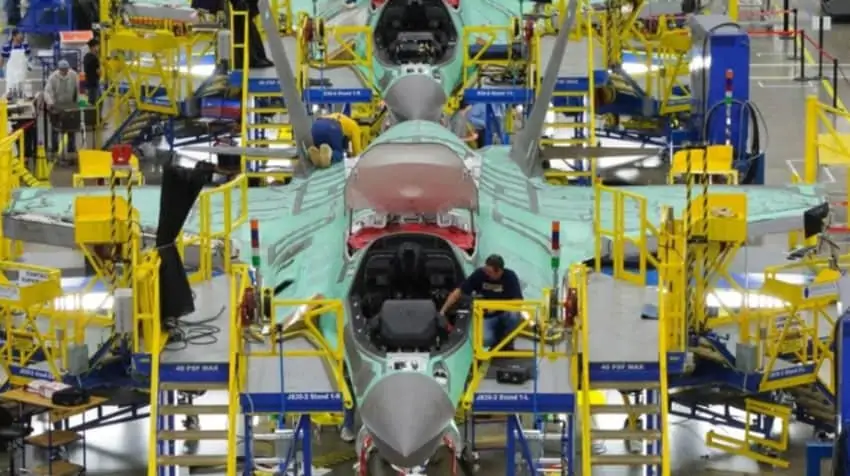
Lean Manufacturing is undoubtedly a go-to methodology for improving complicated manufacturing processes.
For many companies, the allure of eliminating wasteful processes and only delivering value to the customer is enticing. At its core, Lean promises to remove unnecessary costs by directing you to only produce exactly what the customer is willing to pay for.
However, Lean manufacturing has its challenges and an astonishing failure rate of 70% in the US. While some of that can be attributed to a misalignment between the methodology and the plants where it was applied, one shouldn’t discount the effect of actual implementation challenges.
These challenges range from organizational resistance, to the cost of investing in the transition to Lean, and the need to constantly improve your implementation thereafter.
If left unchecked, these challenges can shake your Lean implementation efforts, if not result in a total failure. To help you prevent that, we have 5 tips for implementing Lean manufacturing.
For More on Lean Implementation:
- Value Stream Mapping Examples for Different Industries
- 4 Big Disadvantages of Lean Manufacturing – A Criticism of Six Sigma’s Approach
Implementing Lean Manufacturing for Success
Prerequisite Steps
We consider the following steps to be essential for building the groundwork or foundation of a successful Lean implementation. The goals here are to (1) mitigate risk and (2) secure buy-in.
1. Implement Gradually
Start your Lean implementation with a single team.
By starting small, you are mitigating the risks linked to unsuccessful implementation. In fact, you can use the phased roll-out approach to minimize disruptions as well as pilot its effect as it spreads across your operations.
This means transitioning each step within the value stream one-at-a-time and, where you have multiple have multiple value streams, one value stream at a time.
In Chapter 8 of How to Implement Lean Manufacturing by Lonnie Wilson, Wilson says, “To install a Lean manufacturing system for all value streams in a large complex plant simultaneously is very difficult.”
According to Wilson, there are 4 main reasons for this difficulty:
- The initial learning curve for the organization is very steep.
- You will rarely have enough people trained and experienced enough to properly assess a large company-wide transition to Lean.
- Change can potentially have negative near-term consequences, and a gradual roll-out will allow you to properly understand those effects.
- While they do exist, large global implementation efforts generally do not succeed as much as gradual, value stream-to-value stream implementations.
2. Get Organizational Buy-In with Change Agents
In addition, your pilot program could serve a second purpose: produce change agents.
Be it for internal resistance, lack of training, or other obstacles, your change agents can play a major role in addressing issues and implementing Lean manufacturing across your company.
The pilot roll-out will have let them catch mistakes and gaps early, thus preventing other rollouts from experiencing them. They can also serve as reference points for the rest of the company for training and leadership.
However, for leadership to be a factor, it’s important to get influential individuals to take part in the pilot roll-out and become change agents. Moreover, this agent must be both trained and fully invested in the transition to Lean.
Implementation Steps
At this stage, we are moving into conventional tips for implementing lean manufacturing, some of which you are already familiar with, such as value stream mapping.
1. Identify Value & Waste
Upon preparing your company for Lean, the implementation process itself must start by correctly recognizing value-adding activities from wasteful ones.
But this is obvious for anyone aware of Lean.
The “how” part of this requires the Lean change leader (i.e., the top change agent) to conduct an examination of your current system. Between providing an objective view and developing action-items, a correct evaluation is essential.
You must visualize how the value (and waste) reach the customer through the following:
- A Present State Value Stream Map (PSVSM)
The PSVSM outlines your operations as they are today and will show both value-adding and wasteful activities alike. - A Future State Value Stream Map (FSVSM)
The FSVSM defines where you want to operations be in the future as a result of implementing Lean. You must design your FSVSM to deliver only value; wasteful processes are to be eliminated by this point.
2. Track Performance
You must track the performance of your Lean implementation.
One method of doing so is to rely on analytics by collecting data across each step of your process. In addition, set-up key-performance indicators (KPI) as goalposts and closely follow if your transition to Lean is reaching those KPIs.
3. Focus on Continual, Long-Term Improvement
If you have succeeded in implementing Lean across your value stream(s), then you must continue with the good habits built during the transition.
A critical aspect of Lean is continuous learning and improvement. In a sense, there is no ‘final’ goal except to simply removing (and preventing) wasteful processes and delivering value to the customer. Be it a change in manufacturing technology or even complacency, new wasteful processes could emerge in the future.
The lack of expertise, training, change management, data, and buy-in makes the task of implementing Lean manufacturing difficult.
Your best bet for change is to leverage a roster of Lean experts and tools. However, Lean experts are a finite resource and typically not a luxury many companies can justify hiring internally.
In this case, get the support of an outside consultant.
MOSIMTEC brings a roster of proven change management experts in Lean backed by expertise and tools in data-driven simulation and modeling. We’ve helped the top Fortune 500 companies increase their net-revenue. Contact us to see how you can approach them in profit generation.